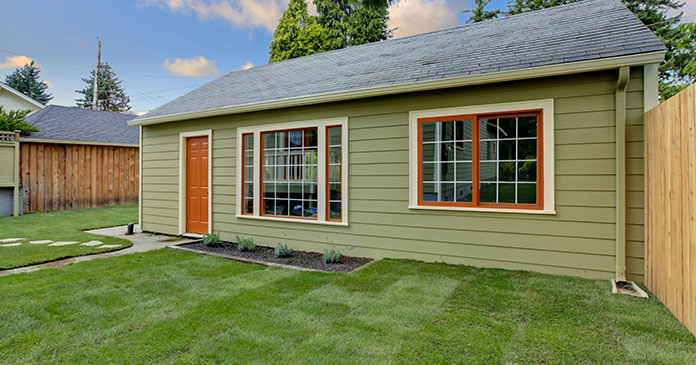According to a new Freddie Mac national study, the growth of accessory dwelling units (ADUs) in the United States has been dramatic, particularly in high-cost areas seeing significant population growth.
Freddie Mac’s research, the first-of-its-kind on a large scale, tracks the growth of ADUs and includes an analysis of the fastest growing areas for ADUs over the last decade. It also examines various structural types of ADUs in use (both permitted and unpermitted) and discusses the measurable benefits ADUs have in our communities. The research is based on 1.4 million distinct, single-family properties with ADUs, which were identified using a national-level dataset of 600 million Multiple Listing Service (MLS) transactions dating back to the late 1990s.
“The nation’s affordable housing crisis has intensified in this turbulent economic environment, and ADUs are increasingly providing a viable affordable housing option for people of all ages,” said Sam Khater, Freddie Mac’s Chief Economist. “This analysis is both unique and large in scale, giving us insight into the growing movement of accessory dwelling units. Across the U.S., Portland, Dallas, Seattle, Los Angeles, and Miami metro areas have led the remarkable growth in ADUs.”
Insight Highlights:
- Seventy thousand properties with ADUs were sold in 2019, representing 4.2 percent of total homes sold on MLS. By comparison, only 8,000 properties with ADUs, or 1.1 percent, were sold in 2000.
- Eight thousand ADU rentals were leased in 2019, representing 2.9 percent of total homes leased on MLS. By comparison, less than 1,000 ADU rentals, or 1.2 percent, were leased in 2000.
- Between 2009 and 2018, the number of ADUs listed for the first time, including for-sale and for-rent units, grew by an average of 8.6 percent year-over-year.
- Demand for accessory dwellings is highest in the fastest growing regions of the country. The rapidly expanding Sun Belt states of California, Florida, Texas, and Georgia account for half of the 1.4 million ADUs identified.
- Portland, Dallas, Seattle, Los Angeles, and Miami have been the fastest growing metros, each with double-digit growth since 2015.
Freddie Mac’s Economic & Housing Research group regularly releases its Insight which provides original research and analysis on current topics of importance to housing and the broader economy.













